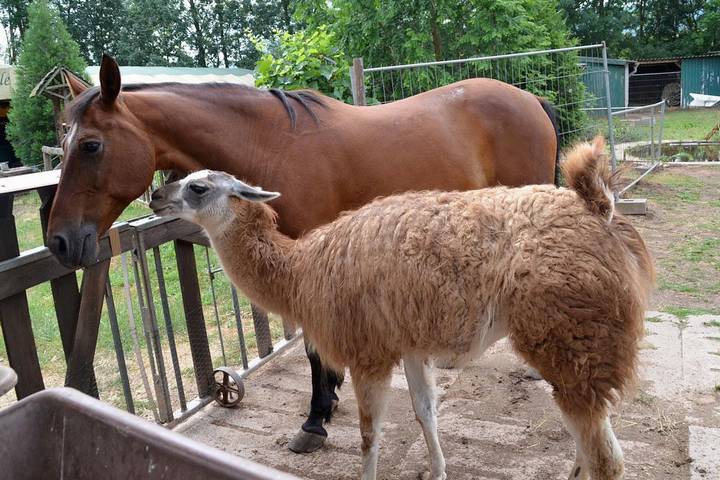

Horses and alpacas are both part of Peru’s rich heritage, good to see them choosing to be friendly.
Peru’s decision to join the ATA carnet family is equally cooperative. An effective system for temporary imports, or exports will improve trade with neighbouring members, such as Chile and across the globe.
Carnets began to be accepted in Peru from April 30th 2024, they are valid for 6 months and allow temporary import of items under two categories:
- Goods For Exhibitions and Fairs
- Professional Equipment
Peru’s national customs office have stated they will accept replacements for lost carnets, issued by the original supplier. ATA carnets can also be extended for a further 6 months, by applying to them with a valid reason before the first carnet expires.
A Long Journey
Peru first announced their intention to become ATA carnet members in 2018. Stating they had already achieved full compliance and hoped to be using carnets for the Pan American games they were hosting in 2019.
An ICC capacity building programme did take place and intentions were good but political and practical hurdles caused delays.
They have been overcome, through determination and support from international customs bodies. This has included training for Peruvian customs and chamber staff, along with wider guidance on an effective approach to carnet operations.
That Peru have continued to work at membership for a long time is laudable, an indication of their wish to promote economic growth and trade.
A Country Of Opportunity
When Europeans took control of the region throughout the 1500s, Peru lost their empire and far more. They did gain independence two centuries ago, although the intervening period has not been a smooth ride.
Their first major trade was guano for fertiliser, along with gold, silver and other metals which gradually became available. The benefits were however limited, due to exploitation, internal conflict and corruption.
Whilst politics can still be a little fiery, there is a will to replace past problems with sustained democracy, the rule of law and social justice. The country recognises that doing so requires economic competitiveness.
Peru have chosen to become members of the Asia-Pacific Economic Cooperation, the Pacific Alliance, the Comprehensive and Progressive Agreement for Trans-Pacific Partnership and the World Trade Organization.
Their economy retains a strong agricultural base but this is changing. With an emphasis on supporting the mining, agricultural and textile sectors, Peru has developed a manufacturing sector which represents 23% of GDP.
They wish to work with partners across the globe to help increase this further, by bringing knowledge and added value to their production.
A Fine Place To Visit
Peru covers half a million square miles, five times the size of the UK. GDP is about £450 million, equating to £13,000 per head of population. This has brought change within society, although the country remains remarkably diverse.
Most people in non urban areas continue to focus on agriculture, suited to local climates which are as variable as the country itself.
Produce can range from grapes, to coffee, cotton, mangoes, peppers, avocados, or sugar cane. Around the coast, you will see evidence of a strong, modern fishing sector, along with places where tradition still holds.
There has been a degree of regional development but many areas are unspoilt, with the majority of commerce and industry centred on Lima. The Port of Callao near Lima is a primary location for mineral and other exports.
If you travel across Peru, you can see what appear to be different countries, although they all tend to offer fine hospitality. There is a natural friendliness within the people, with respect shown to visitors.
In time, Peru will be known for more than copper, or zinc, or the food they produce. If you feel that helping them along their way makes business sense, our support team will be pleased to advise and provide an ATA carnet.

